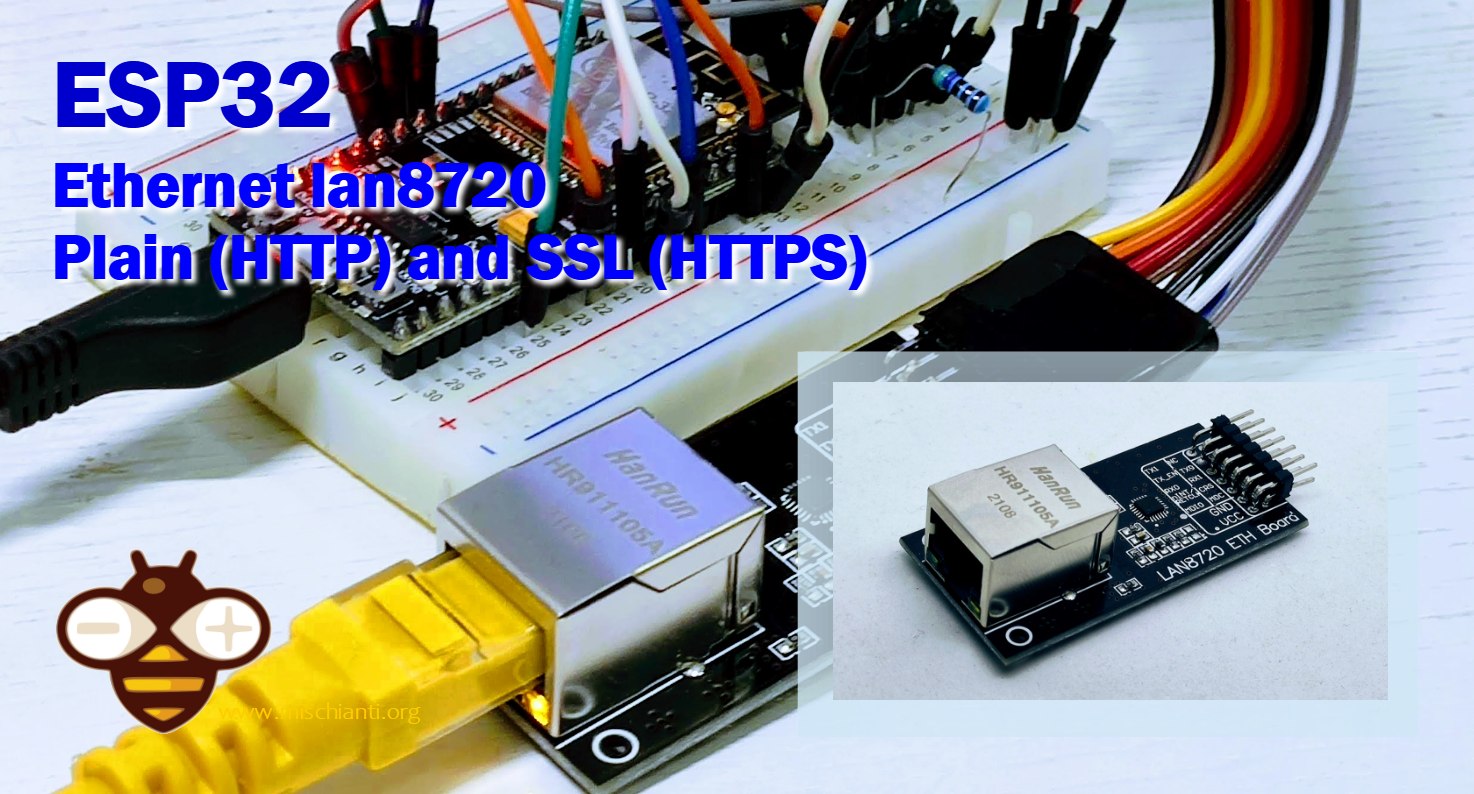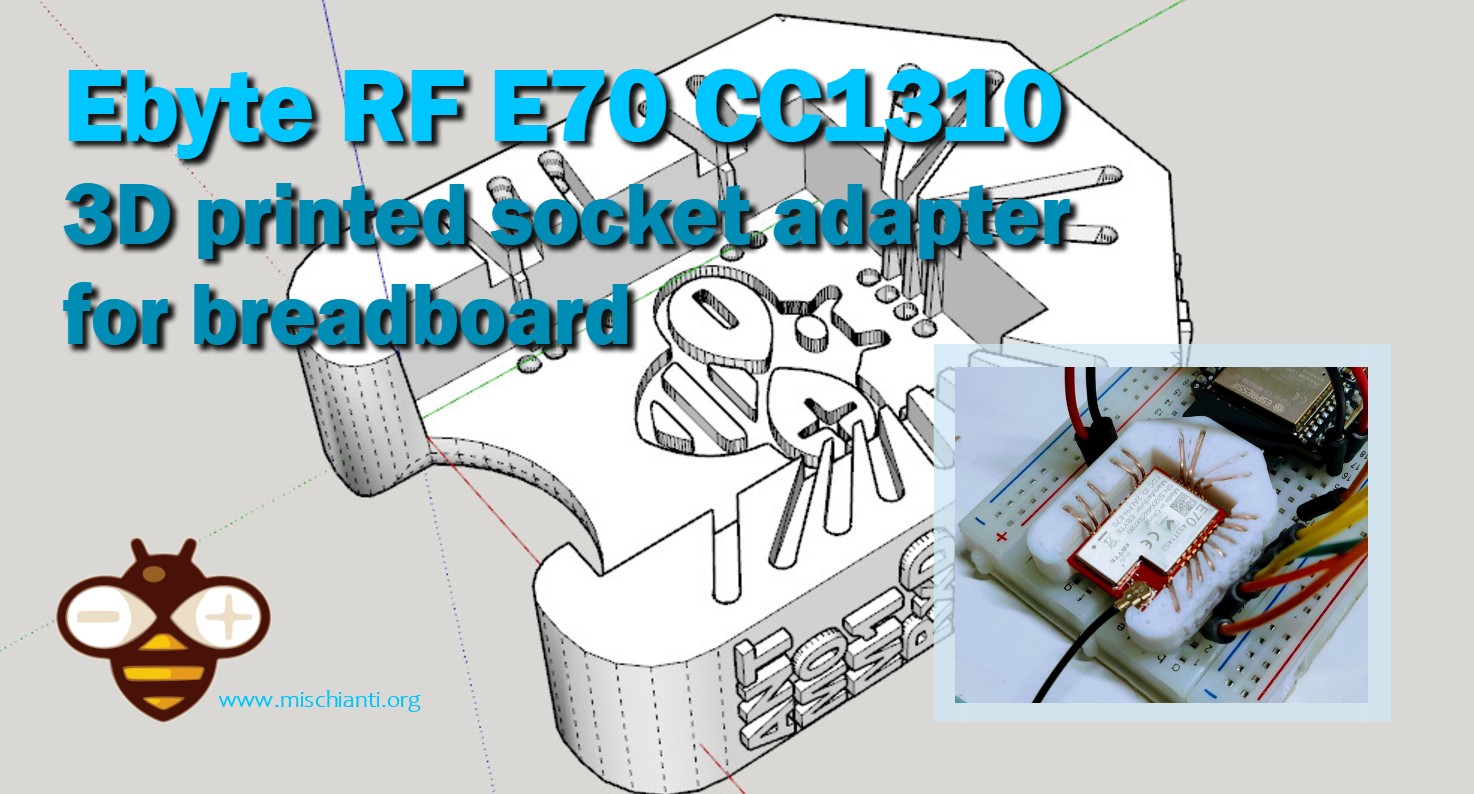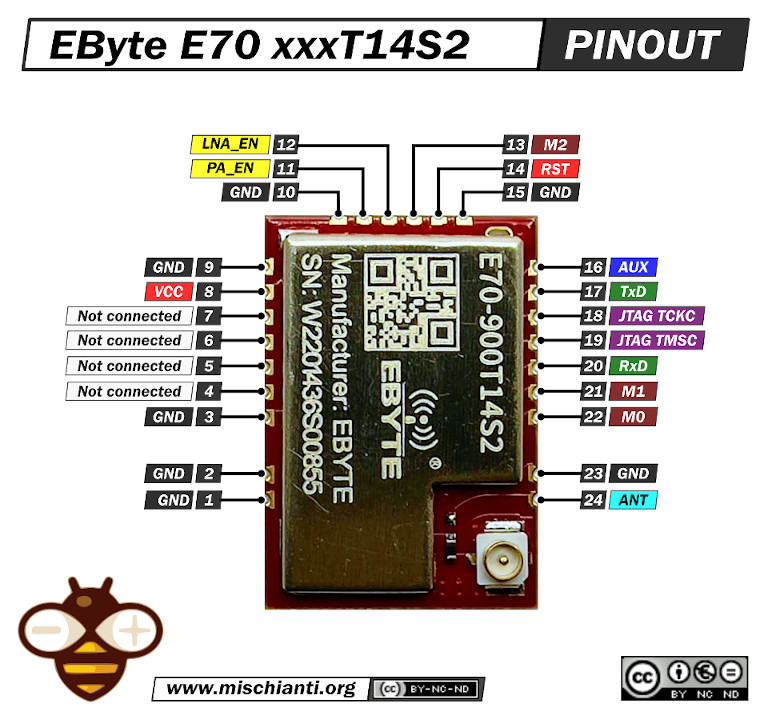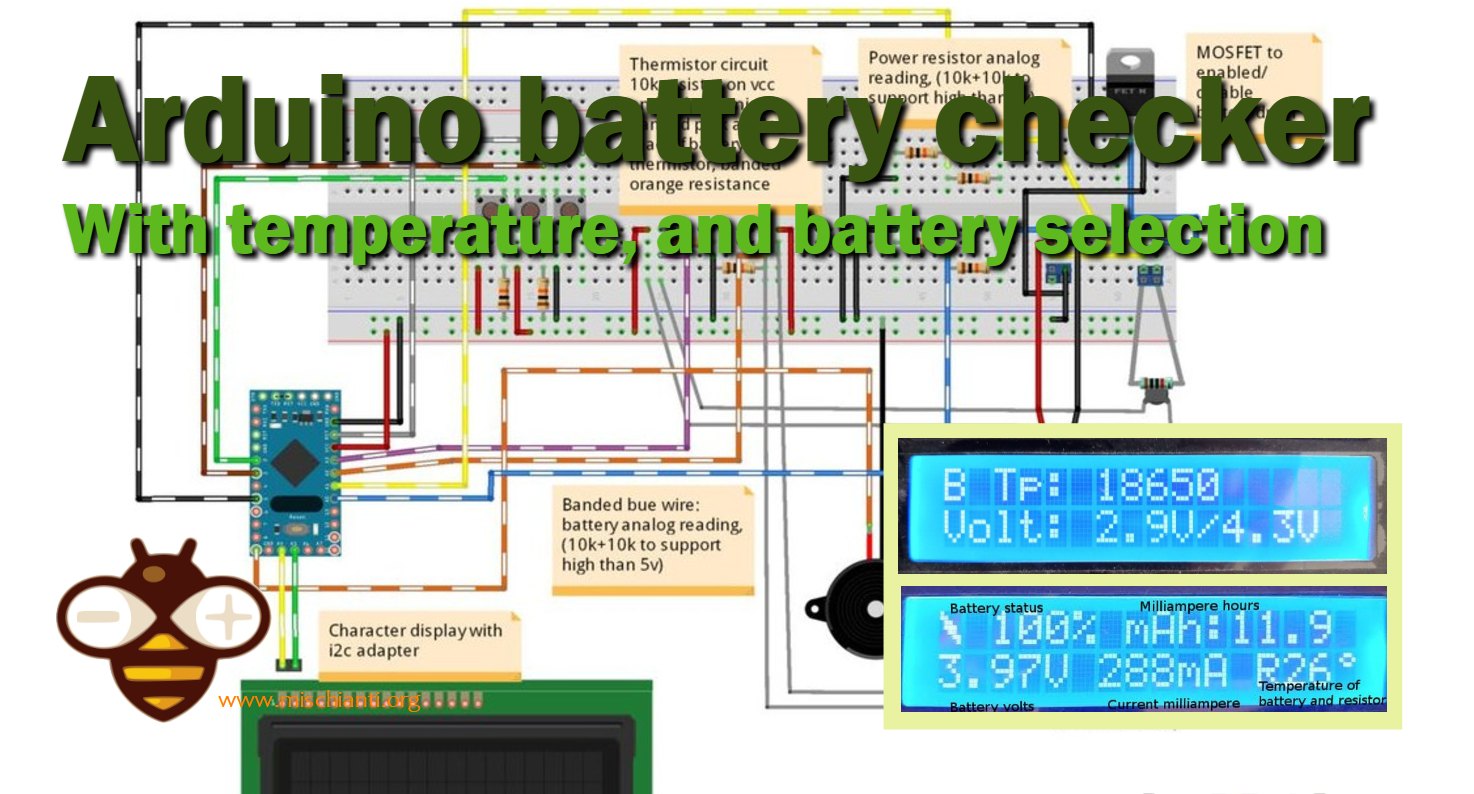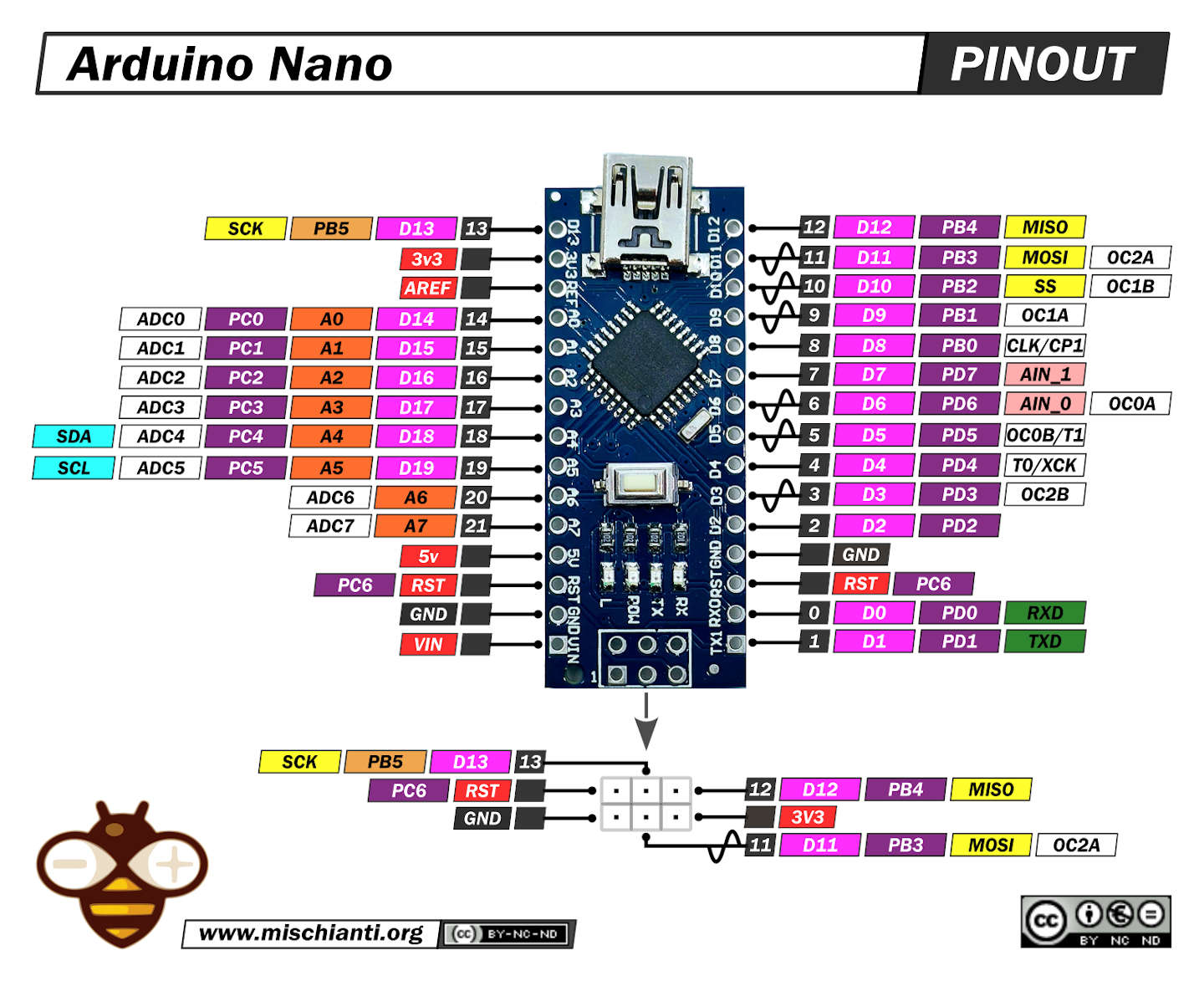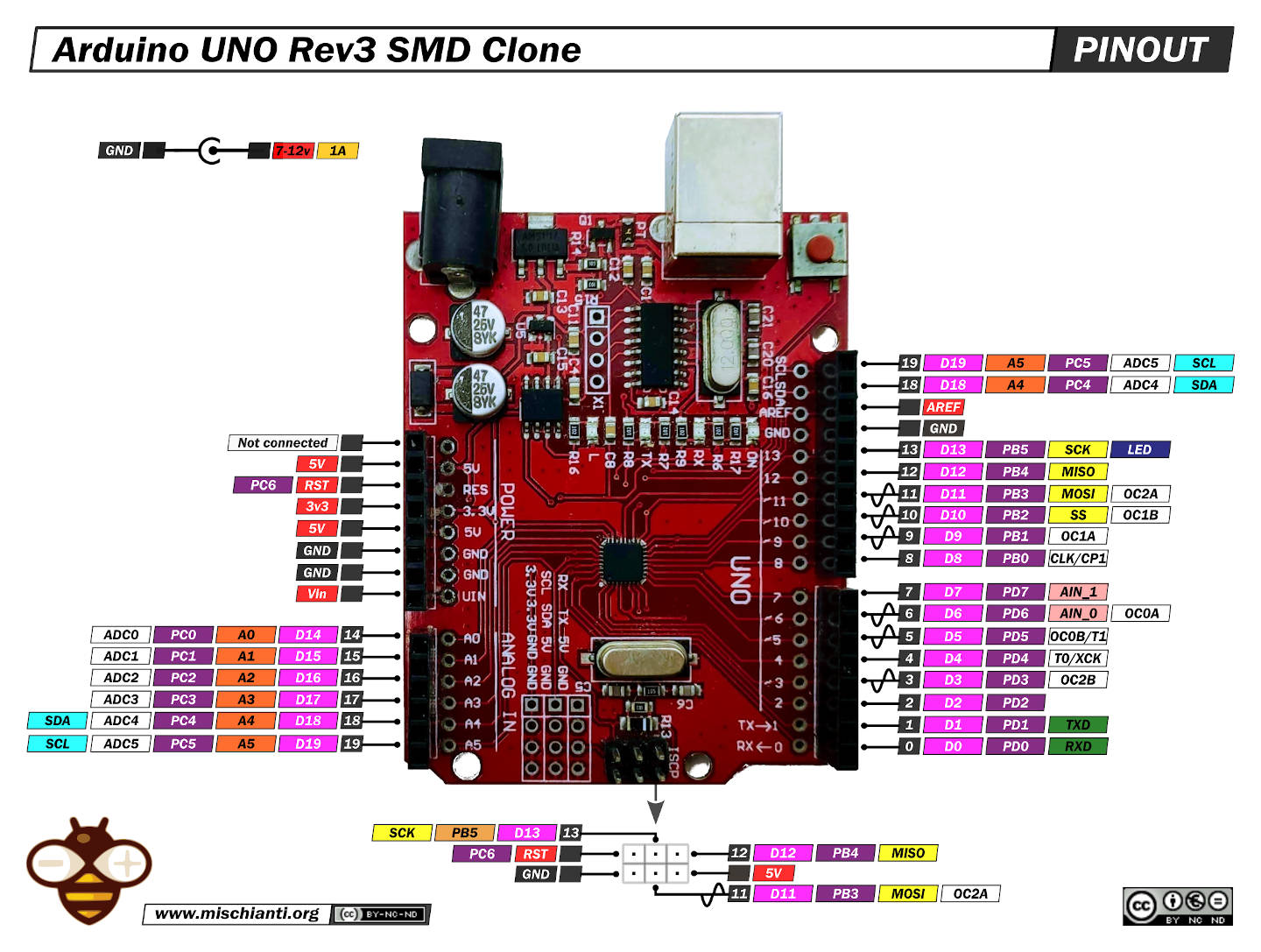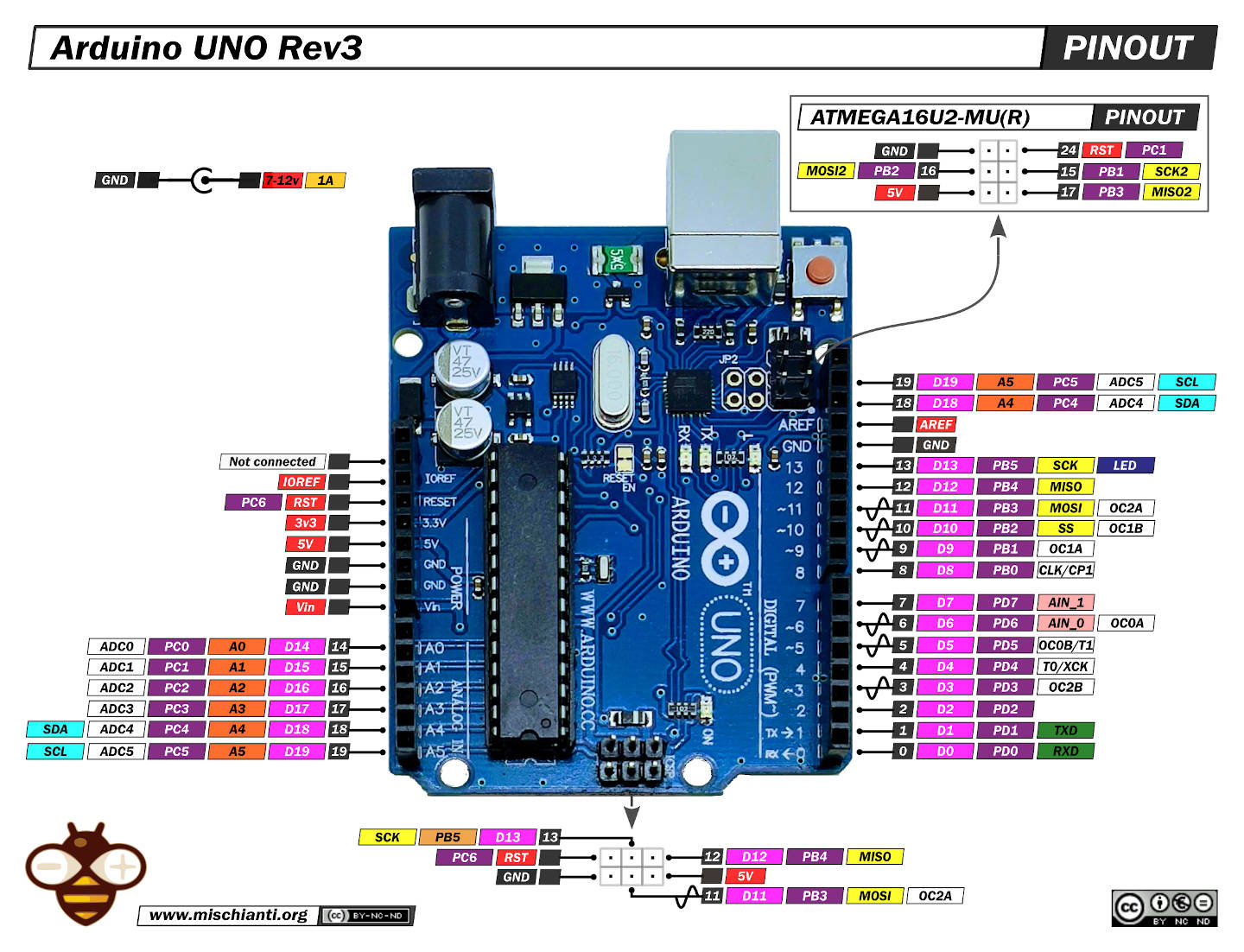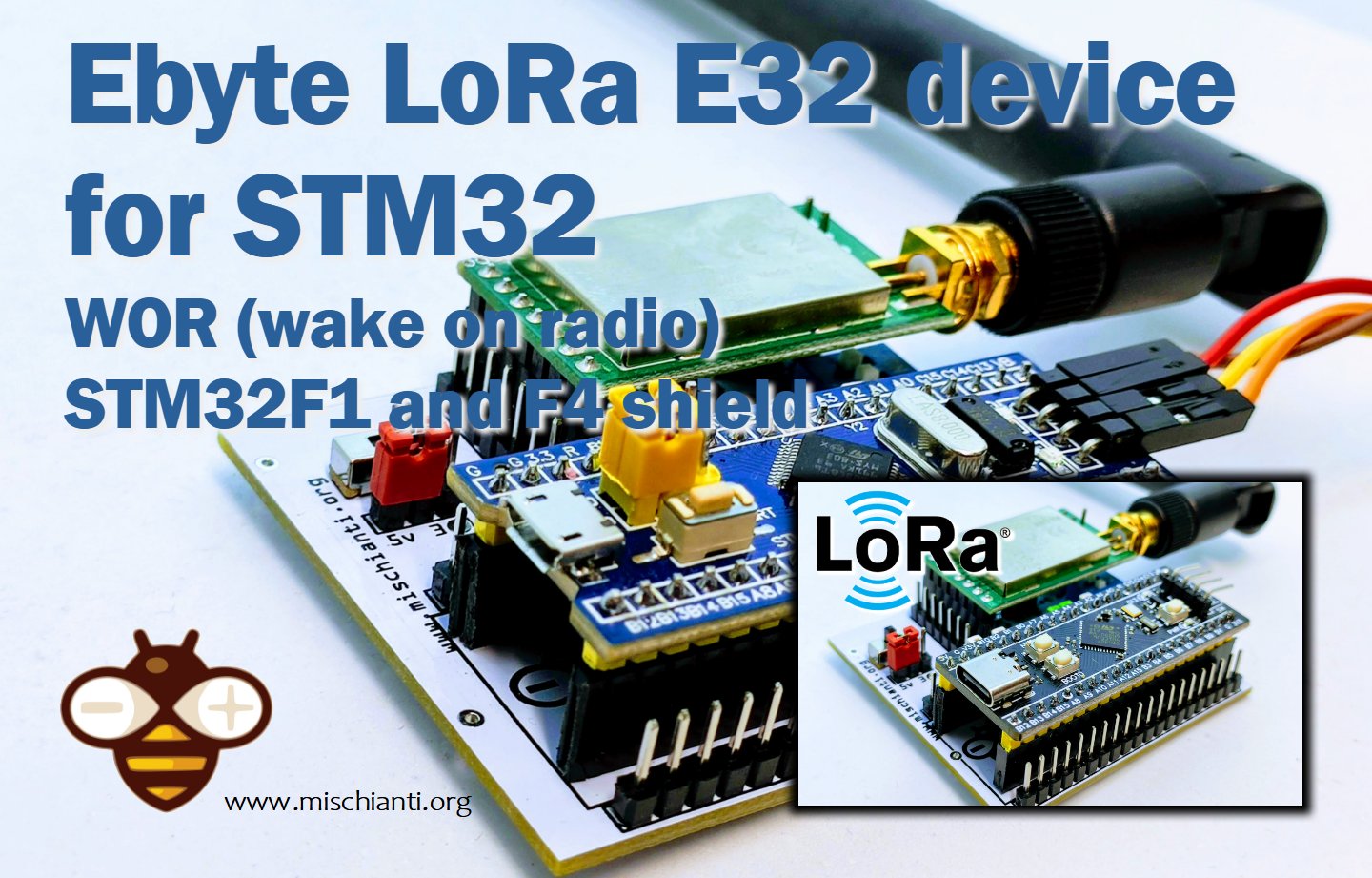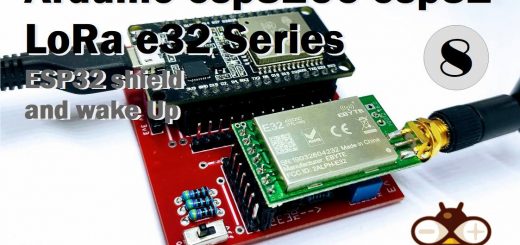Integrating LAN8720 with ESP32 for Ethernet Connectivity with plain (HTTP) and SSL (HTTPS)
This integration involves connecting the LAN8720 Ethernet module with the ESP32 microcontroller to enable wired network connectivity. The process includes configuring the ESP32 to recognize and communicate through the LAN8720 module, ensuring compatibility with both plain text (HTTP) and encrypted (HTTPS) SSL data transmissions.

